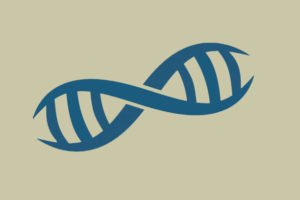Pulmonary Arteriovenous Malformations (PAVMs) and Hereditary Hemorrhagic Telangiectasia (HHT)
Dr. Marie Faughnan, Cure HHT Scientific Research Director and Director of the HHT Center of Excellence at St. Michael’s Hospital / University of Toronto, provides a detailed overview of everything a medical professional needs to know about HHT and PAVMs. Several questions are addressed in the article”
- What is HHT and what are the criteria for diagnosis?
- Are you sure your patient has a PAVM or HHT? What are the symptoms?
- Be aware that there are other diseases that can mimic a PAVM or HHT
- How and/or why did the patient develop a PAVM or HHT?
- Which individuals are at the greatest risk of developing a PAVM or HHT?
- What laboratory studies should be ordered to help make the diagnosis and how should the results be interpreted?
- What imaging studies will be helpful in making or excluding the diagnosis of PAVM or HHT?
- What non-invasive pulmonary diagnostic studies will be helpful in making or excluding the diagnosis of PAVM or HHT?
- What diagnostic procedures will be helpful in making or excluding the diagnosis of a PAVM or HHT?
- What pathology/cytology/genetic studies will be helpful in making or excluding the diagnosis of a PAVM or HHT?
- If you decide the patient has a PAVM or HHT, how should the patient be managed?
- What is the prognosis for patients managed in the recommended ways?
- What other considerations exist for patients with a PAVM or HHT?
ClinicalAdvisor.com is for nurse practitioners and physician assistants, offering the latest information on diagnosing, treating, managing, and preventing medical conditions typically seen in the office-based primary-care setting.




